#999 Kootenay hardrock intrigue
Big Ledge: The Triumphs and Tribulations of Robert E. Sproule
by Brian D’Eon
Nelson: Home Star Press, 2018
$20.00 / 9781775387206
Reviewed by Art (Sean Arthur) Joyce
To obtain copies of Big Ledge, contact Brian D’Eon here.
*
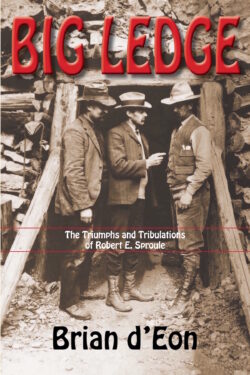 Big Ledge by Brian D’Eon is that rarity in historical fiction — a story that combines historical veracity with narrative fluency and a deep poetic sensibility. D’Eon starts the tale from its endpoint, with its protagonist, the American miner Robert Sproule, sitting in a jail cell telling his story to a priest on the eve of his execution in 1886. Sproule is well-known to readers of Kootenay history for having been convicted of the murder of Thomas Hammill, with whom he had a dispute over ownership of the Blue Bell mining claim on the east shore of Kootenay Lake.
Big Ledge by Brian D’Eon is that rarity in historical fiction — a story that combines historical veracity with narrative fluency and a deep poetic sensibility. D’Eon starts the tale from its endpoint, with its protagonist, the American miner Robert Sproule, sitting in a jail cell telling his story to a priest on the eve of his execution in 1886. Sproule is well-known to readers of Kootenay history for having been convicted of the murder of Thomas Hammill, with whom he had a dispute over ownership of the Blue Bell mining claim on the east shore of Kootenay Lake.
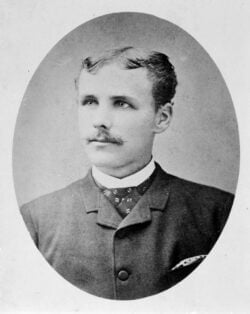
The author captures well the colloquialisms of late 19th century speech, adding to the tale’s believability. As any skilled writer knows, dialogue is a prime vehicle for storytelling, not just for revealing plot points but quirks of speech and character. He effortlessly masters the technique, easily drawing us into the tale.
D’Eon also appreciates the value of including other sensory information in the narrative. Sproule’s confession to the priest is laced with his memories of the “pristine” Kootenay country — not just its visual grandeur but its smells: “…the firs and cedar, the black earth, the wild strawberries, even the smell of the lake — each has its own smell you know — that’s how salmon know where they’re going.”
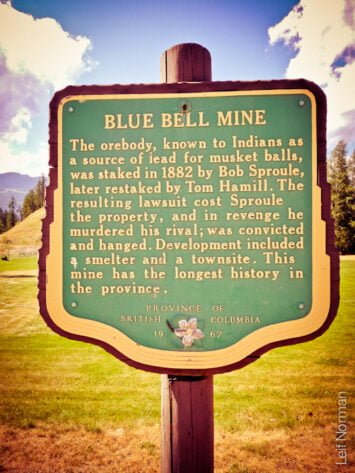
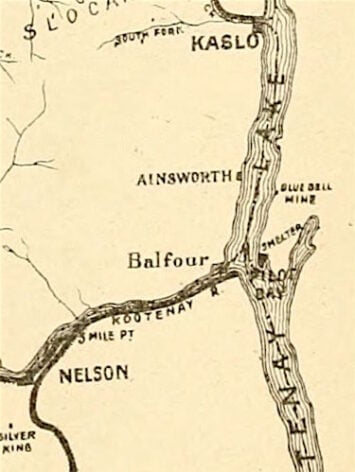
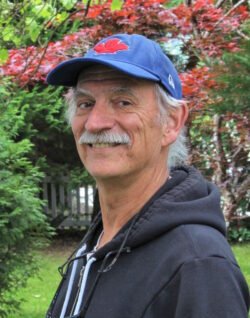
The poetic dimension enters with a secondary set of characters, the Archangel Michael and Hindu goddess Parvati, heavenly eavesdroppers whose wry asides add a funny, philosophical dimension. Poetic quotes from Blake, Shakespeare, the Bible and others are woven seamlessly throughout Sproule’s narrative, though it’s uncertain what level of education he possessed, or whether he would have had quite the broad vocabulary D’Eon imagines. The dialogue between Archangel Michael and Parvati is often laced with humour, as when Michael wonders what it is that attracts mortals to tobacco. “Ah,” Parvati answered, happy to explain: “A native custom, and a most clever means of revenge against European invaders.” The celestial pair function as a kind of Greek chorus, commenting from the wings as they debate whether Sproule is an unjustly accused prospector with a poetic nature or simply a hotheaded murderer. In so doing, D’Eon skillfully engages one of Canadian history’s great mysteries, one that — given the contradictory historical accounts — may never be solved.
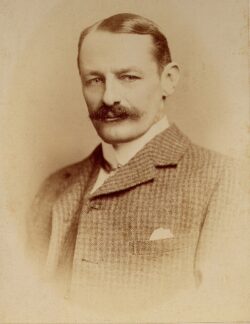
Adding to this narrative of multiple perspectives is C.J. Woodbury, a reporter who wrote several accounts of the Sproule-Hammill trial. Speaking to his fiancée Kate Buchanan, Woodbury makes an observation that could serve as the book’s basic premise: “It was striking the way people could so quickly judge these things. As if there could be no doubt about the matter. Label someone and you no longer had to think about him as a person.” With explorations of Woodbury as well as big game hunter and Anglo-Austrian author William Baillie Grohman of Creston, D’Eon sidesteps the trap of investing too heavily in his protagonist’s point of view.
D’Eon successfully applies the techniques of the novelist to flesh out what would otherwise be — at best, given what we know of Sproule and Hammill — a very short story. One of the writer’s primary tools is a sense of empathy for a story’s characters, even those with an unsavoury nature. D’Eon clearly identifies strongly with the version of Sproule he has created, and his characterization is highly appealing. For many readers, it will raise serious questions about Sproule’s guilt and the “justice” meted out to him.
You can almost smell the smoke of a miner’s campfire, curling up into a night sky not yet crowded with satellites and air pollution, lake waters lapping meditatively as the tale unwinds. D’Eon has written a historical novel that ranks with the best of them.
*
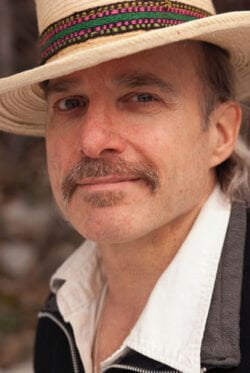
Art (Sean Arthur) Joyce has been a freelance writer and journalist since 1990, working since 2005 as a reporter and Arts and Culture Editor for the New Denver-based Valley Voice. His poems and essays have appeared in Canadian Author, The Fiddlehead, Whetstone, The New Quarterly, Acumen (UK), Quills, CCPA Monitor, New Orphic Review, Horsefly, Elephant Mountain Review, and elsewhere. Among his books are A Perfect Childhood: One Hundred Years of Heritage Homes in Nelson (Nelson Museum & Historical Society, 1997); Hanging Fire & Heavy Horses: A History of Public Transit in Nelson (City of Nelson, 2000); Laying the Children’s Ghosts to Rest: Canada’s Home Children in the West (Hagios Press, 2014); The Charlatans of Paradise (2005), Star Seeds (2009), The Price of Transcendence (2015), and Poems for the Home Children (2018). Editor’s note: For Caroline Woodward’s review of Art Joyce’s novel Mountain Blues (2018) see here, and for Roger Lewis’s review of his epic narrative poem Dead Crow & the Spirit Engine, see here. Art Joyce has reviewed The Ventriloquist’s Dummy Tells All: A Politically Incorrect Novel, by Ernest Hekkanen; see here. Art Joyce lives in New Denver.
*
The Ormsby Review. More Books. More Reviews. More Often.
Publisher and Editor: Richard Mackie
The Ormsby Review is a journal service for in-depth coverage of B.C. books and authors. The Advisory Board consists of Jean Barman, Robin Fisher, Cole Harris, Wade Davis, Hugh Johnston, Patricia Roy, David Stouck, and Graeme Wynn. Scholarly Patron: SFU Graduate Liberal Studies. Honorary Patron: Yosef Wosk. Provincial Government Patron since September 2018: Creative BC
“Only connect.” – E.M. Forster
One comment on “#999 Kootenay hardrock intrigue”